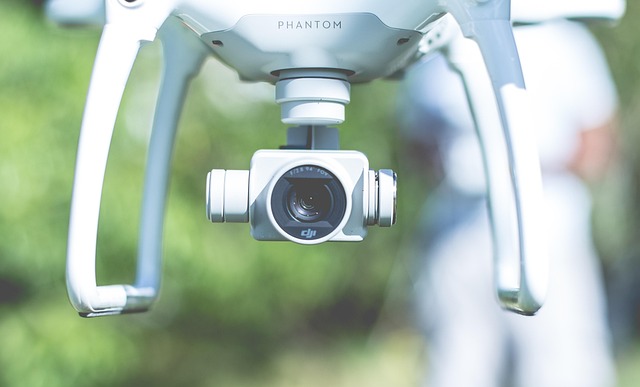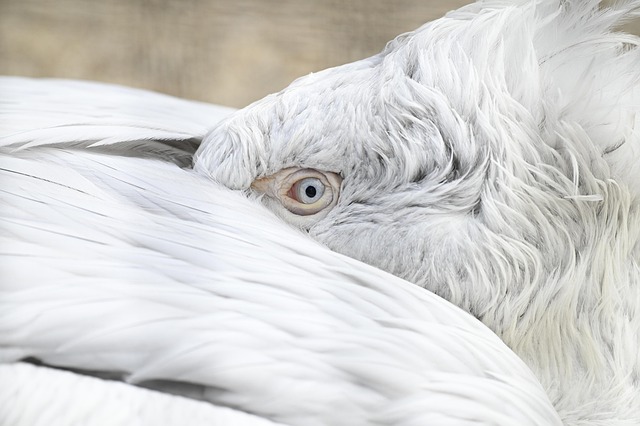Woodpeckers, while fascinating, can cause substantial property damage and noise disturbance in urban areas. Engaging a professional bird removal service offers effective, humane solutions. These services employ tailored methods like physical exclusion, scare tactics, and chemical repellents to address woodpecker issues. DIY solutions are temporary, while professionals provide comprehensive strategies, advanced equipment, and local regulatory compliance for sustainable outcomes. Preventative measures such as sealing gaps, installing screens, and using deterrents can keep woodpeckers at bay, preventing long-term damage. Regular maintenance by a reputable bird removal service is crucial.
Woodpeckers, while fascinating birds, can cause significant damage to homes and property with their relentless drilling. This article explores comprehensive woodpecker control solutions. We delve into understanding these creatures’ behavior and the impact they can have on structures. Common methods for effective bird removal services are discussed, including professional approaches versus DIY tactics. Learn essential preventative measures to keep woodpeckers at bay and protect your space. Discover expert tips tailored to keeping these persistent visitors away.
- Understanding Woodpecker Behavior and Their Impact
- Common Methods for Bird Removal Services
- Professional vs DIY Approaches to Woodpecker Control
- Preventative Measures: How to Keep Woodpeckers at Bay?
Understanding Woodpecker Behavior and Their Impact

Woodpeckers are fascinating yet sometimes problematic birds with distinctive drilling habits. Understanding their behavior is crucial when dealing with unwanted visitors seeking a bird removal service. These birds have a keen sense of hearing and use it to locate insects hidden beneath tree bark, which they then hammer away at with their powerful beaks. This behavior, while natural, can cause significant damage to property, particularly in urban areas where trees are closer together.
The impact of woodpecker activity extends beyond mere aesthetics. Drilling for insects can weaken tree structures, leading to potential safety hazards during storms or strong winds. Moreover, persistent drumming can disturb neighbors and create a noisy environment. Recognizing these issues is the first step; seeking professional bird removal service experts who understand woodpecker behavior and employ humane, effective solutions is the next logical step to restore peace and protect property.
Common Methods for Bird Removal Services

Bird removal services employ several common methods to address woodpecker issues. One of the most traditional approaches is physical exclusion, involving the installation of bird nets or mesh screens around problem areas. This technique prevents woodpeckers from accessing specific structures or trees while allowing other birds free passage.
Another popular method is the use of scare tactics, such as visual deterrents (reflective objects, decoys) and auditory devices (noises, recordings of predator calls). These strategies aim to startle woodpeckers and discourage them from frequenting treated areas. Professional services may also offer chemical repellents that emit odors unpleasant to birds, effectively pushing them away from targeted locations. Each method has its advantages, and bird removal specialists tailor their approaches based on the specific needs and challenges of each property.
Professional vs DIY Approaches to Woodpecker Control

When dealing with woodpecker issues, homeowners often face a dilemma between professional intervention and DIY solutions. Engaging a bird removal service offers a comprehensive and efficient solution. These professionals have the expertise to handle various woodpecker problems, from nest removal to preventing future infestations. They employ specialized equipment and knowledge of local regulations, ensuring a safe and effective process.
On the other hand, DIY methods may appeal to those seeking an immediate fix. This could involve using scare tactics, such as visual or auditory deterrents, which might provide temporary relief but often lack longevity. For persistent issues, professional assessment is key. They can identify the specific species, understand their behavior, and offer tailored solutions, ensuring a more sustainable resolution compared to fleeting DIY attempts.
Preventative Measures: How to Keep Woodpeckers at Bay?

Keeping woodpeckers at bay can be a challenge, but with the right preventative measures, it’s possible to deter these feathered visitors from causing damage to your property. One effective strategy is to ensure your home is properly sealed. Woodpeckers are known for their drilling habits, so filling any gaps or cracks in walls, rooflines, and windowsills with caulk or weatherstripping can significantly discourage them from entering. Additionally, installing bird screens on vents and exhaust fans prevents easy access points while still allowing fresh air to circulate.
A reputable bird removal service can also offer expert advice and solutions tailored to your specific needs. They may recommend the strategic placement of scare tactics like reflective objects or motion-activated devices that simulate predators to deter woodpeckers from landing or nesting. Regular maintenance and inspection are key; checking for any signs of woodpecker activity and addressing them promptly will help prevent long-term issues.
Woodpeckers, while delightful to observe in their natural habitats, can cause significant damage to homes and properties. Understanding their behavior and employing effective woodpecker control methods is crucial for maintaining a peaceful coexistence. From recognizing signs of infestation to considering professional bird removal services or implementing DIY solutions, there are various strategies to manage these feathery visitors. By combining knowledge about their habits with the right techniques, you can humanely deter woodpeckers and protect your space. Remember, when dealing with unwanted guests like woodpeckers, a proactive approach using preventative measures is key to keeping them at bay.
